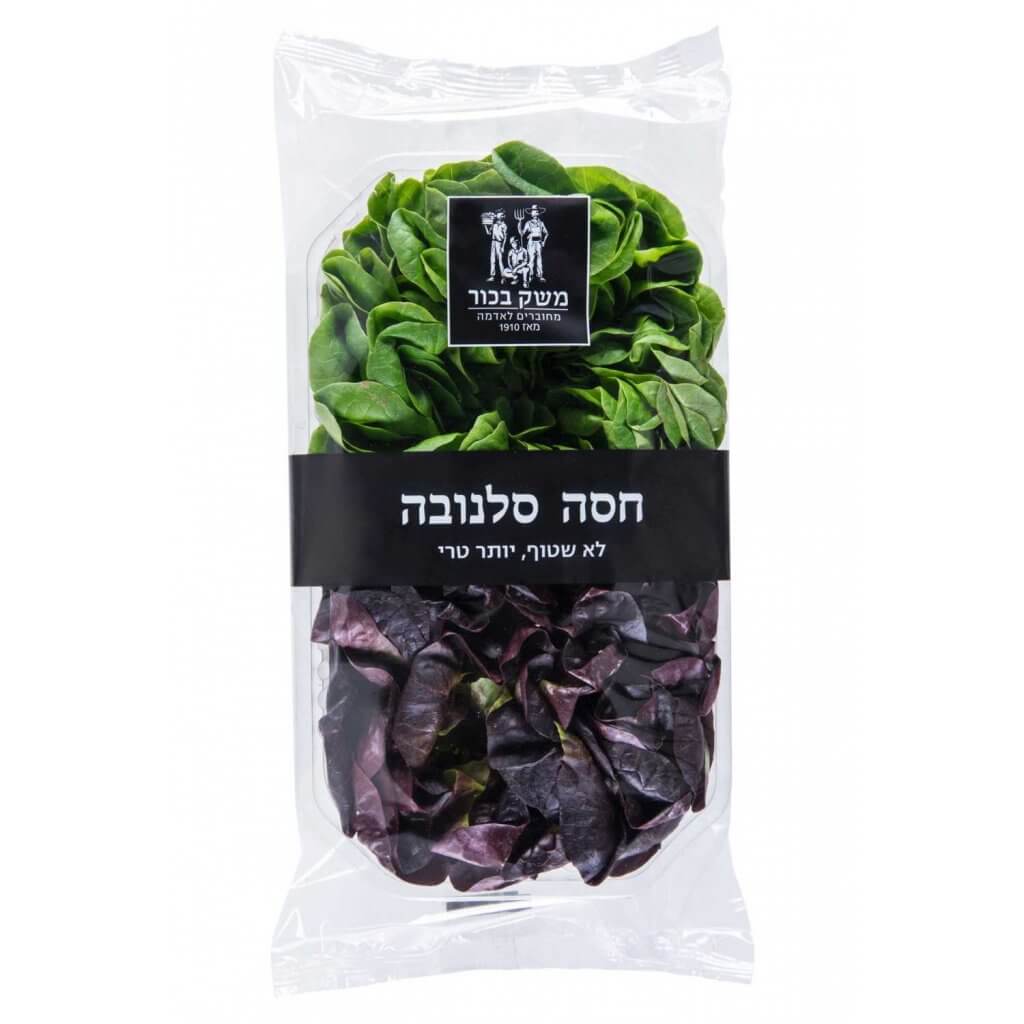Caesar hearts are the core of the lettuce, which makes it the highest quality and most delicious part of it.
Cultural lettuce is a kind of annual plant, that has a lot of varieties.
In western countries, lettuce leaves are eaten cold (not cooked) in salads, burgers and some other dishes.
In the east, at some places, such as China, the lettuce is cooked and used all, not just its leaves.
Although nowadays lettuce is only used as food, in the past additional makings have been associated with it. The Romans used to eat the lettuce at the end of a meal to fall asleep easily (because the lettuce back than was a lot like opium).
The Egyptians linked the lettuce with manhood and considered it appetizing because of its shape and because is sprinkles milky material During cropping.
In ancient Greece, the famous doctor Glennos of Pergamon ate the lettuce at the end of the meal to strengthen memory and encourage quick sleep.
Green lettuce is rich in vitamins A and K. It also rich in B vitamins, including folic acid, and has a little vitamin C, calcium, potassium and iron.
The dark-leafed lettuce is a source of the antioxidant lutein, which helps eye health. Lettuce is a very dietary vegetable, only 10 calories per 100 grams .however diet experts emphasize that most of the lettuce is water, and to enjoy its health benefits large quantities must be consumed. Two sliced lettuce cups provide 100 percent of the recommended vitamin K daily dose, 80 percent of the vitamin A dose, 40 percent of the folic acid dose, and 30 percent of the vitamin C dose.
